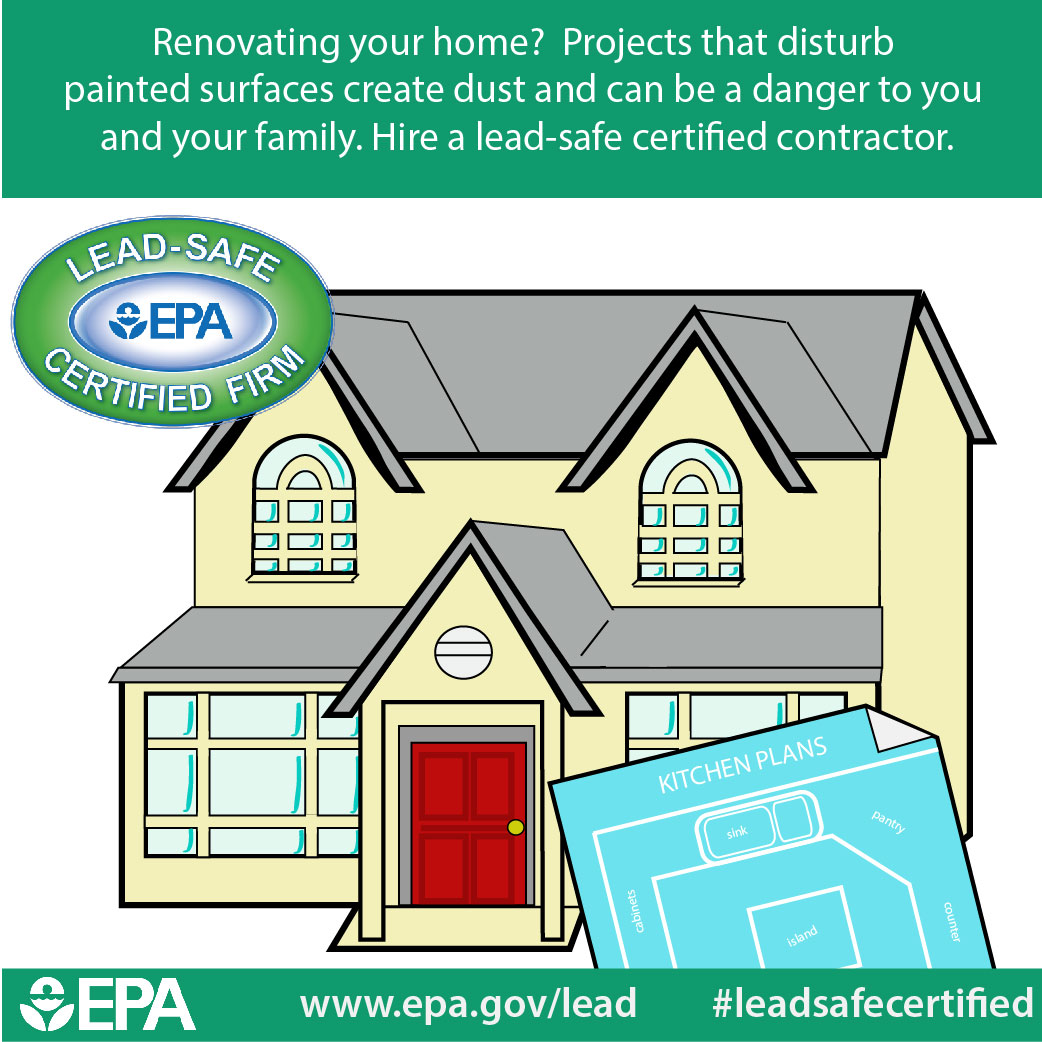Prepare Your Wall Surfaces For Painting By Utilizing Key Ideas And Techniques That Make Certain A Remarkable Finish-- Discover The Crucial Steps To Boost Your Task
Prepare Your Wall Surfaces For Painting By Utilizing Key Ideas And Techniques That Make Certain A Remarkable Finish-- Discover The Crucial Steps To Boost Your Task
Blog Article
Article Created By-Lyhne Dillard
When you're prepping your wall surfaces for paint, it's important to comply with a systematic process to make certain a remarkable coating. Start by examining the wall surface for any type of damages; this action can make or break your project. Once you have actually determined any kind of issues, cleaning up the surface area effectively is necessary, as an unclean wall can influence paint bond. Afterwards, you'll require to spot any blemishes and use a primer. However there are specific methods and ideas that can raise your prep work video game-- allow's discover those more to accomplish the very best outcomes.
Assessing Wall Surface Problem
Before you grab your paintbrush, take a minute to examine your wall surfaces' problem. Look for any visible damage like fractures, holes, or peeling paint. These flaws can influence how the paint sticks and looks when it's completely dry. If you notice any kind of significant damage, you'll need to focus on repairs before diving into painting.
Look carefully at the structure of your walls. Is the surface area smooth, or exists texture that might need unique consideration? Smooth walls normally require much less preparation, while textured surfaces might require more time to paint equally.
Likewise, consider the previous paint work. If the old paint is glossy, it mightn't enable new paint to stick effectively. You'll want to know if your wall surfaces have been painted with oil-based or water-based paint, as this can influence your option of primer or paint.
Lastly, bear in mind of any wetness issues. If you see indications of water damage or mold and mildew, address these problems immediately to stop additional issues.
Cleaning up the Surface
When you've analyzed the condition of your walls, the following step is cleaning the surface. Beginning by gathering your products: a pail, cozy water, a light detergent, a sponge or towel, and a scrub brush for tougher places.
Begin on top corner of the wall and function your method down. Mix the cleaning agent with warm water in your pail, after that dip the sponge or fabric right into the solution. Wring it out to prevent excessive dampness on the walls.
As you cleanse, pay very close attention to locations that might've gathered dust, grease, or finger prints. For https://www.goodhousekeeping.com/home/decorating-ideas/g1711/diy-home-decor/ , use the scrub brush gently to stay clear of damaging the paint beneath. Wash your sponge or fabric frequently in tidy water to avoid spreading dust around.
After cleansing, it's important to wipe the wall surfaces with a damp cloth to eliminate any type of soap deposit. This step ensures a smooth surface area for the new paint to follow.
Permit the wall surfaces to completely dry completely before going on to the following prep work actions. This thorough cleaning procedure will certainly assist create a fresh canvas for your paint job, making certain the best results.
Patching and Priming
Patching and priming are critical steps in preparing your walls for a fresh coat of paint. First, check your wall surfaces for any type of openings, fractures, or flaws. Make use of a premium spackling substance or patching paste to fill these locations.
Use the compound with a putty blade, smoothing it out so it's flush with the bordering surface. Allow it to completely dry entirely, and then sand it lightly till it's smooth and also.
As soon as https://holdenpwchm.goabroadblog.com/32356535/understanding-paint-finishes-which-one-is-right-for-you have actually patched everything, it's time to prime. Guide helps secure the patched locations, ensuring the paint sticks appropriately and gives a consistent surface. Pick a primer suitable for your wall type and the paint you'll be using.
Use the guide making use of a roller for bigger areas and a brush for edges and sides. If your patched areas are dramatically huge or permeable, you may intend to use a 2nd layer of guide after the initial one dries out.
After priming, allowed everything completely dry thoroughly before going on to paint. This preparation will not only improve the look of your walls but additionally extend the life of your paint task.
Take your time, and you'll be pleased with the results.
Verdict
By complying with these basic actions, you can attain a smooth and expert coating on your wall surfaces. Begin by examining their condition, then clean and spot any flaws prior to applying guide. Bear in mind to allow sufficient drying time and guarantee everything is smooth before you dive into paint. With the right prep work, you'll set the stage for a lovely change in your room. Now, collect your supplies, inhale the fresh air, and prepare yourself to paint!
